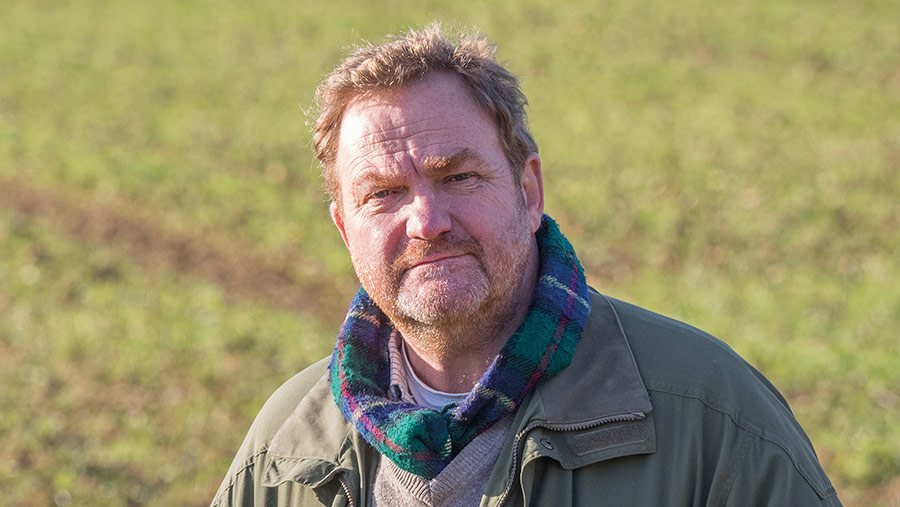Flindt on Friday: Hare raising happenings in Big Field
 © Kathy Horniblow
© Kathy Horniblow If I’m forced to do a U-turn while on my way home for a much-deserved lunch break, there had better be a good reason.
A couple of Mondays ago, there was. I was trundling slowly back along Joan’s Acre Road, heading home from a long morning doing yet more optimistic fertiliser applications (as in “I suppose it will rain one day”) and I reached the long straight just south of Big Field.
See also: What to do if you’re a victim of… hare coursing
The spring barley out there is looking a bit sorry for itself, what with the dry weather and a feisty pre-em mix, and it’s easy to spot the numerous hares that live in Big Field when they’re soaking up the spring sunshine in their forms, or doing their hot-blooded caterpillar routine.
This time, it was different. A large black spaniel – you could tell by the ears – was in full flow across the barley, chasing hares. It had little chance of catching one, of course, not least because every 50 yards it would stumble across another one and change tack.
Hare today…
But regular readers will know I have a thing about “my” hares. I’m very protective of them.
I fume when the woke farming commentators get a full page in the Saturday papers to rant about how hares have been eliminated by evil chemical farmers like me.
Nothing shows up the lazy cliché-filled ignorance of the woodcut-illustrated anti-chemical commentariat than two dozen hares sharing 50 open acres with me and my busy sprayer.
So when I see someone “coursing”, I like to have a word. I did a U-turn into the bottom of Big Field, and drove slowly round the headland tramline, checking out the multitude of National Trust visitors (who were on the well-worn way to the stunning bluebell woods) for a black spaniel.
I didn’t have much luck at first – only a Dulux dog, who would have been first out of the identity parade.
One thing I did get, which amazed me, was a lot of friendly waves and thumbs-up signals. I’m used to that when hay-making or driving a combine – but with a sprayer attached to the tractor? Curious.
My rumbling tummy was about to win the day when I saw two ladies strolling purposefully along the path, against the flow of Trust visitors – which suggested they were locals.
With them were a terrier on a lead, a black lab and a large black spaniel, loose, but close by. No thumbs-up from these two; they seemed unwilling to acknowledge me.
As I stopped alongside, they paused and put the two black dogs onto leads. Funnily enough, the spaniel could hardly stand.
…coursing tomorrow
I was, of course, the very model of diplomacy, asking gently if the spaniel had been the dog I had just seen chasing the hares across the fields.
They were, of course, the very model of indignancy, verging on taking offence. No, no, no – it couldn’t have been their spaniel.
She always keeps very close, and they put her on a lead at the very first sign of a pheasant, which I thought was a curiously unwarranted answer.
But, then again, they had just passed the shattered remains of our maize strip.
It wasn’t worth getting hot under the collar about it; there was a side of beef with my name on it waiting on the Aga.
I begged them to make sure that the dog did keep close; chasing hares across open fields isn’t on at any time year, but especially April.
“We didn’t know there were hares out here,” was their parting shot – which could actually be true. They will have read it in the Saturday papers.

